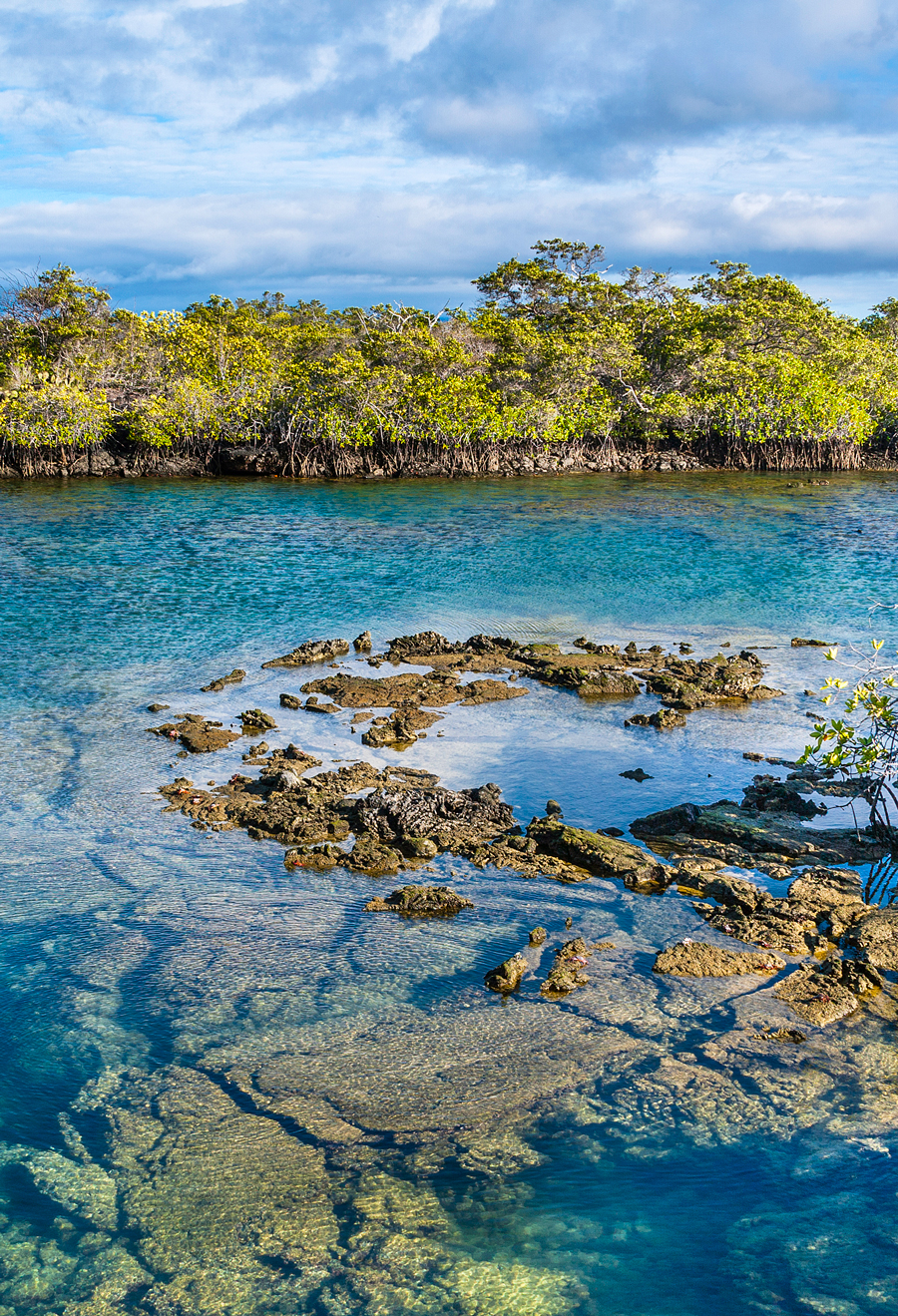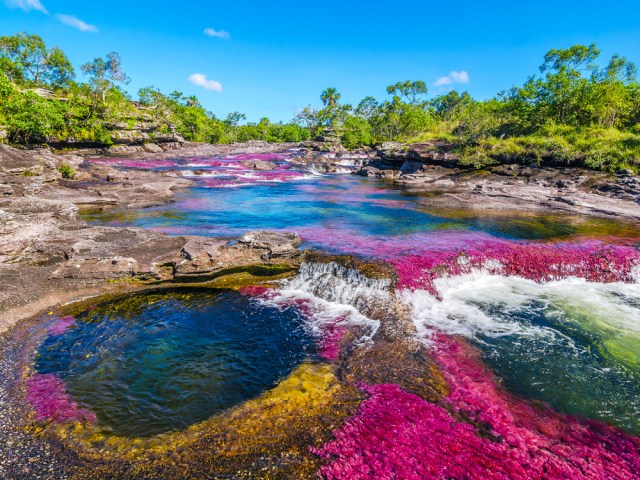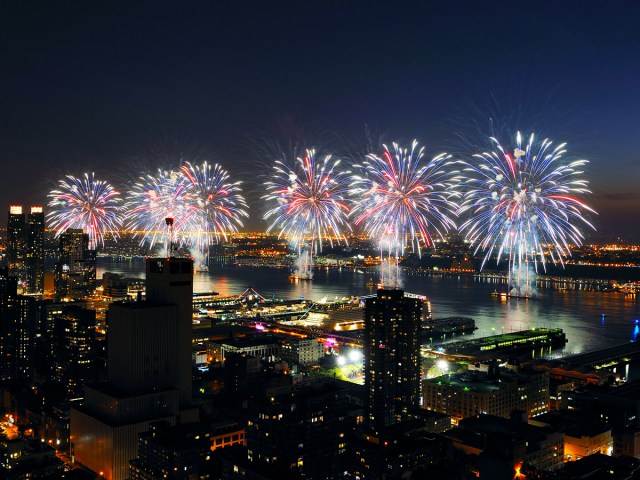You’ve heard parks referred to as green spaces, but what are “Blue Parks”? These marine protected areas (MPAs) are distinguished by their exceptional efforts in conservation and preservation of ocean life and habitats, achieved through collaboration from national governments, nonprofit organizations, and local communities. There are currently 30 Blue Parks worldwide — located in the coastal waters of 23 countries — that have been awarded the coveted title. In 2024 alone, three new sites have already been added to the list, with several others competing for future inclusion. Find out why these water-based parks filled with fascinating flora and fauna should be at the top of your travel list. Below are five of the world’s best Blue Parks that you can visit.
Kitasu Bay – British Columbia
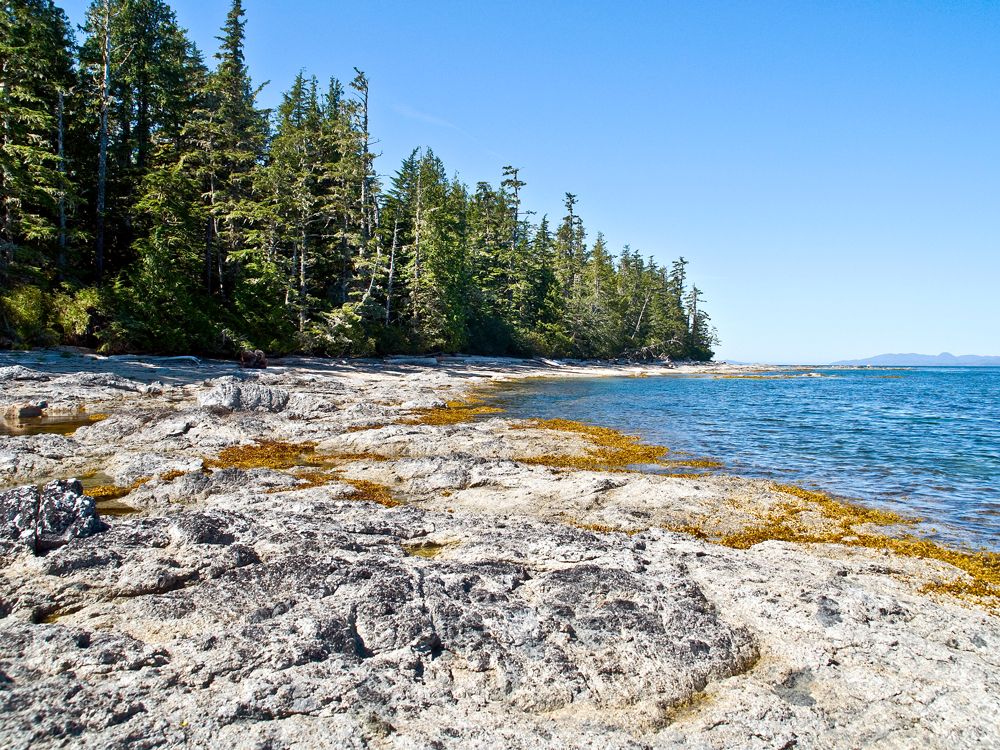
Kitasu Bay is the world’s first Indigenous-protected marine park, inhabited and preserved by the Kitasoo Xai’xais Nation. Kitasu Bay (Gitdisdzu Lugyeks in the local language) is an ecologically significant bay off the central coast of British Columbia, approximately 300 miles north of Vancouver. It is renowned for its rich biodiversity and coastal rainforests. The bay is particularly prized for its underwater kelp forests, which serve as salmon nurseries, as well as its deep waters — which create a critical habitat for bottom-dwelling fish and the seals and sea lions that prey on them. To visit this remote region of western Canada, you’ll need to travel to the village of Klemtu, tucked away in the Great Bear Rainforest, and then access the bay via floatplane.
Apo Reef Natural Park – The Philippines
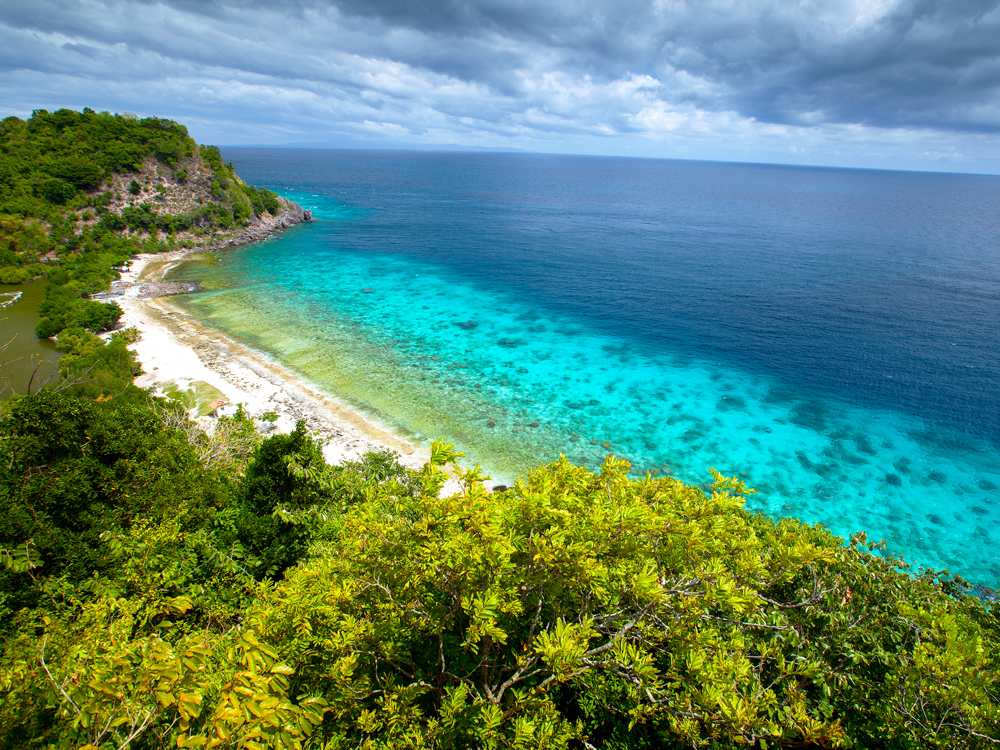
Apo Reef Natural Park protects three small islands and the surrounding coral atoll off the coast of the Philippine province of Occidental Mindoro. Apo Reef is the second-largest contiguous coral reef system in the world, after Australia’s Great Barrier Reef, according to UNESCO. The reef is a sanctuary to a number of overfished species, a nesting ground for several species of endangered turtles, and a protected habitat for other endangered species — such as great hammerhead sharks, thresher sharks, whale sharks, manta rays, and the Napoleon wrasse. The natural park is a popular scuba diving destination; as such, the nearby communities on Sablayan are transitioning away from fishing and moving toward running boat tours and dive operations to support sustainability efforts.
Galápagos Marine Reserve – Ecuador
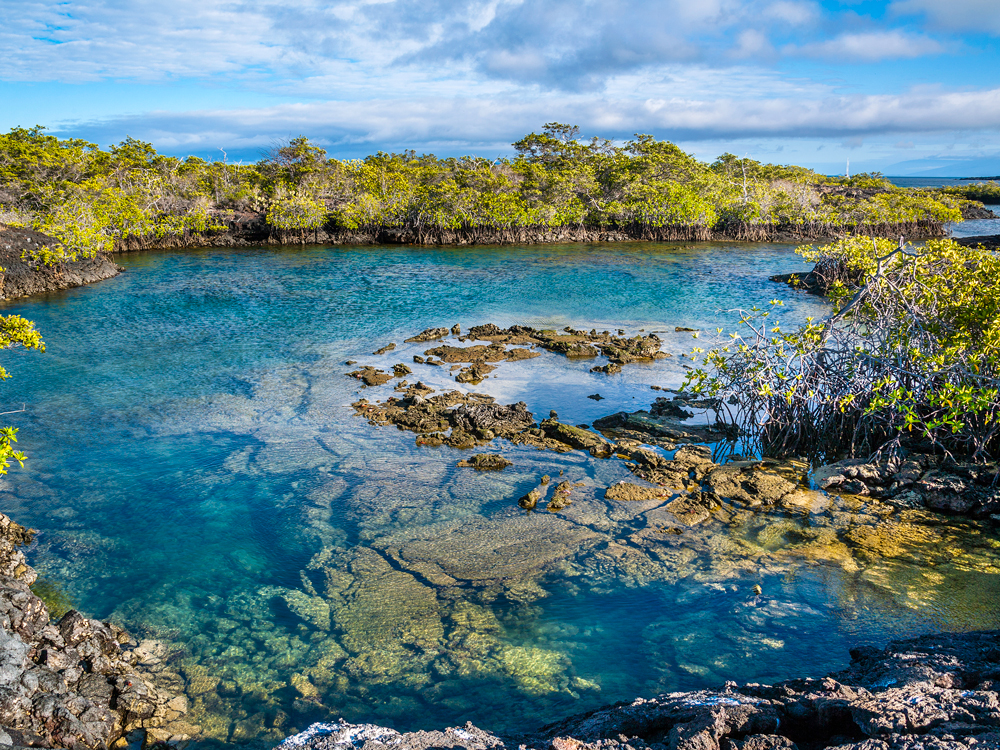
Home to more than 2,900 marine species, the Galápagos Marine Reserve is one of Earth’s most biologically diverse marine protected areas. The area has been a Blue Park since 2019 and a UNESCO World Heritage Site since 2001. Whales, sea lions, penguins, dolphins, sea turtles, and marine iguanas are just a few of the many species that call these lagoons, wetlands, and coral reefs home. The reserve also claims the world’s highest biomass of reef fish, most of which are shark species such as hammerheads, black tips, and makos. The impressive biodiversity is thanks to the reserve’s location at the meeting point of three powerful currents: the Panama current, Humboldt current, and upwelling equatorial current.
Jardines de la Reina National Park – Cuba

Named a Blue Park in 2021, Jardines de la Reina National Park houses some of the best-preserved coral reefs in the Caribbean, along with mangrove forests and abundant marine life. The marine protected area is made up of about 600 small isles, forming an archipelago that’s often referred to as “Cuba’s Coral Garden.” With 30 species of coral, it is home to the largest population of fish in Cuban waters, as well as species such as reef sharks, hawksbill turtles, American crocodiles, whale sharks, and tiger sharks. Thanks to recent conservation efforts and strict regulations, the biodiversity in the national park is thriving. Since its initial protection in 1996, the fish population has grown by 50%. For visitors, there are several boat tour operators that provide opportunities to scuba dive in these pristine waters.
Kisite-Mpunguti Marine Park and Reserve – Kenya
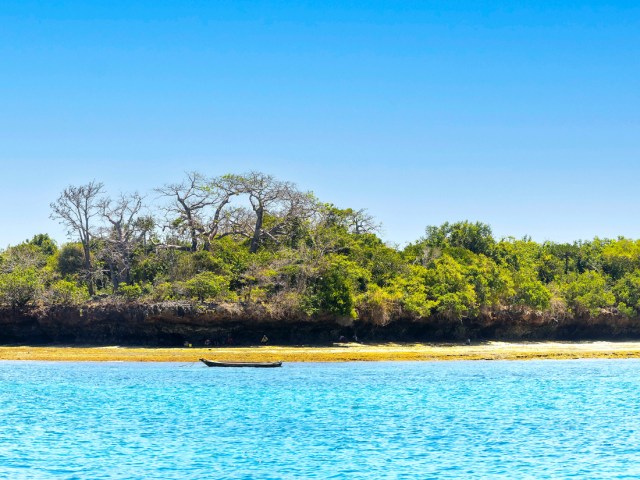
Kenya’s largest marine protected area is one of only two Blue Parks in Africa. Kisite-Mpunguti Marine Park and Reserve protects a diverse and complex ecosystem of coral reefs, seagrass meadows, and mangrove forests. The waters are home to about 250 fish species, 56 coral types, 10 species of mangroves, and dozens of dolphins, sea turtles, whales, seabirds, and other wildlife. Kisite-Mpungutihas managed to balance tourism, the local fishing industry, and conservation efforts, while also displaying impressive surveillance and wildlife management efforts. Located near popular tourist destinations including Diani Beach, the park is easily accessible for visitors interested in exploring its natural beauty and marine ecosystems.






